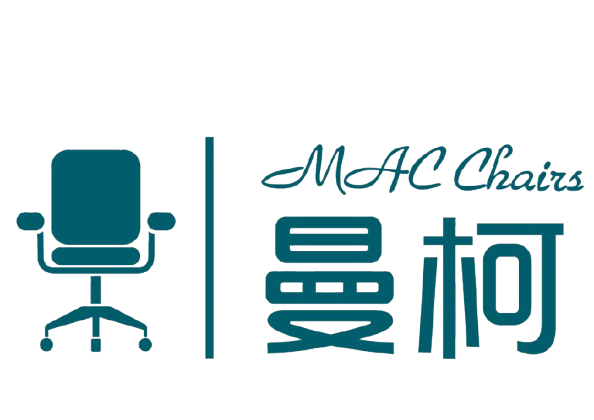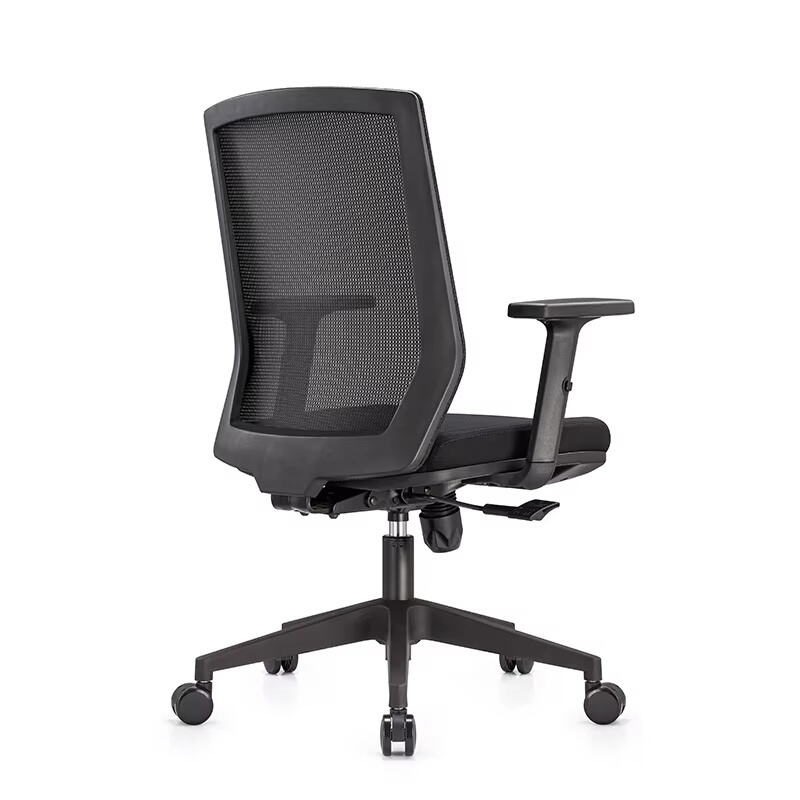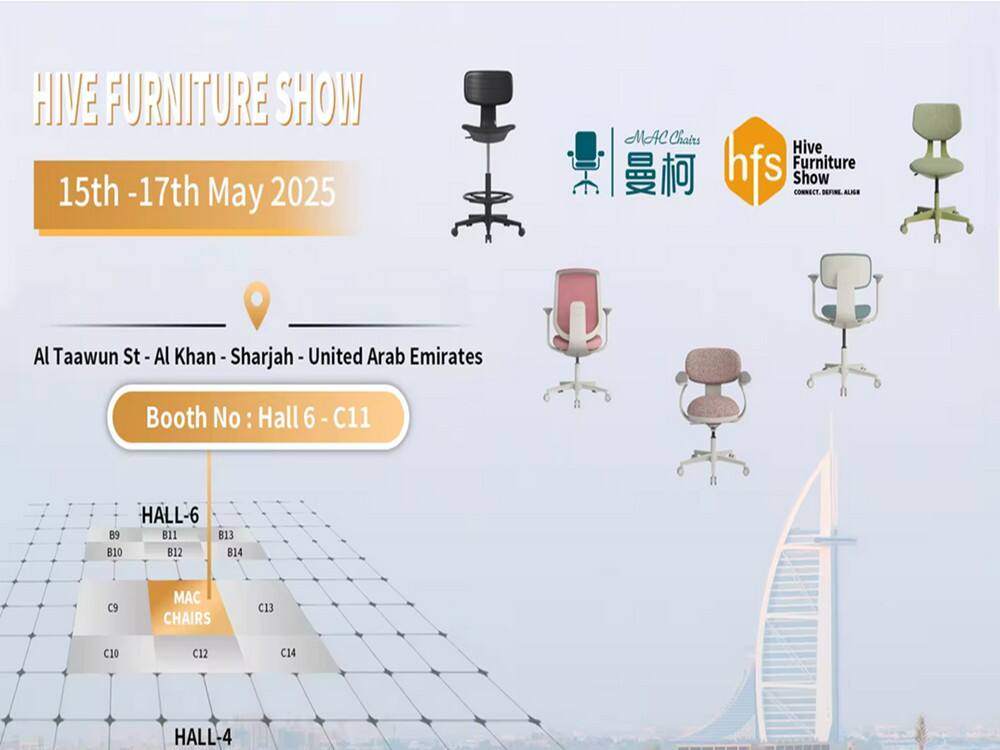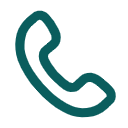
The Rising Demand for Noise-Reduced Office Chairs
How Open-Plan Offices Amplify Distractions
People love open plan offices because they supposedly encourage teamwork, though most folks complain about all the noise. Studies show something like 7 out of 10 workers get distracted by constant chatter and background noise in these setups, making it hard to actually get work done. The problem comes down to simple physics really - there are no walls or partitions to block sound like we used to have in old fashioned offices. That means every conversation echoes around the space until it drives everyone crazy. Which explains why noise cancelling office chairs are now showing up everywhere. These special seats with extra padding and sound absorbing materials help people tune out distractions while still being part of the action. Companies that want their staff to stay focused without going deaf need to think seriously about adding these kinds of chairs to their open floor plans if they want happy productive workers.
LSI Integration: Conference Table Chairs in Collaborative Spaces
The furniture we pick for conference rooms really affects how comfortable people feel acoustically and how well they can work together. Conference chairs that dampen noise are made to soak up sound, which helps everyone hear each other better during meetings and cuts down on those annoying distractions. When these chairs work alongside other office furniture, they create a more balanced sound environment throughout the space. Meetings stay on track and get things done because there's less background chatter getting in the way. With so many companies moving toward open office layouts these days, picking out good conference room chairs isn't just about looks anymore. Getting this right actually makes a big difference in how productive workers are and whether they enjoy coming into the office at all.
Engineering Silence: How Sound-Reducing Wheels Work
Material Innovations in Wheel Design
Materials used in chair wheels have come a long way lately, especially when it comes to polyurethane and rubber mixtures. These new designs really help reduce the annoying rolling sounds people complain about so much. Some manufacturers claim their noise levels drop by around half, which makes a big difference in those open office spaces where every squeak carries across the room. What's interesting is that these same materials don't only make chairs quieter but actually last longer too. The wheels tend to hold up better against daily wear and tear, meaning less frequent replacements over time. Companies looking to upgrade their furniture are finding that spending on better materials pays off in both reduced distractions and longer product life cycles.
Comparing Noise Levels: Standard vs. Sound-Reducing Casters
Research comparing regular casters to their noise-reducing counterparts shows some pretty big differences. Standard wheels tend to crank out around 85 decibels or more when rolling across floors. That kind of noise gets annoying fast, particularly in places where people need to concentrate or hold meetings. The sound-reducing versions tell a different story though they typically drop down to under 60 decibels during operation. The quieter performance makes these specialized casters worth considering for offices where constant background noise is a problem. Many businesses have found that switching to these quieter options actually improves employee satisfaction and productivity in shared workspaces.
Beyond Mobility: Ergonomic Benefits of Quiet Office Chairs
LSI Focus: Desk Chairs with Wheels for Seamless Movement
Office productivity takes a big hit when workers are stuck in uncomfortable seats. That's why rolling desk chairs matter so much. They let people move around easily between meetings, computer work, and collaborative spaces without making annoying noises that distract others. Good quality chairs combine proper ergonomics with quiet casters on the bottom, helping staff stay comfortable while working through long days. Offices that upgrade to these types of chairs tend to see happier teams overall. Some research suggests satisfaction levels go up around 24%, though results can vary depending on company culture. For businesses looking at their workspace investments, spending money on better seating makes sense for everyone involved.
Reducing Stress Through Acoustic Comfort
Acoustic comfort design has become essential rather than just a passing fad, affecting how stressed workers feel and boosting overall morale in offices. Office chairs designed for quietness play a big role here since they cut down on background noise that constantly distracts people throughout the day. When there's less constant chatter and clatter around, most folks find it easier to concentrate on tasks without getting interrupted every few minutes. Workplace consultants who study these things regularly point out that managing sounds matters a lot for worker happiness. Companies that invest in noise control solutions often see improvements in both staff satisfaction and output rates. Chairs with noise reduction features specifically make a difference because they let employees actually get stuff done without fighting against all the ambient noise. This creates workplaces where thinking happens more freely and creative ideas tend to pop up naturally during meetings or brainstorming sessions.
Implementing Quiet Revolution Chairs in Modern Workspaces
Pairing with Acoustic Panels and Sound Masking Systems
When quiet revolution chairs get paired with good quality acoustic panels, they really boost those sound reduction effects in open office areas. Some studies have shown that adding sound masking systems on top of this mix helps keep conversations private while cutting down background noise levels. The combination works wonders for creating spaces where people can actually concentrate without getting distracted by every little sound. Offices that spend money on these kinds of setups tend to become noticeably quieter places where employees get stuff done faster. Most workers report feeling more comfortable and less stressed out when their workspace isn't constantly filled with distracting noises from coworkers and equipment.
Case Study: Conference Room Chairs with Noise-Dampening Features
One major corporation in the tech sector recently tested out noise reducing conference room chairs across several departments. The results were pretty impressive actually - after swapping out their old seating, internal surveys showed meeting participation went up by around 30%. People just seemed more focused when there wasn't all that background noise bouncing around the room. What this tells us is that good office furniture isn't just about looks anymore. When companies spend money on chairs that cut down on unwanted sounds, they're really improving how teams communicate and work together. And let's face it, happier employees who aren't constantly battling poor acoustics tend to get more done throughout the day.











